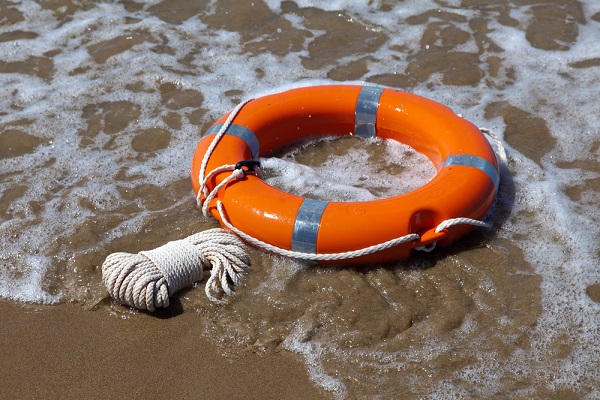3 Ways to Sell More Flood Insurance

By: Olivia Overman
The flood insurance market has been dominated for years by FEMA and the National Flood Insurance Program (NFIP). But changes are afoot in the market and agents have an enormous opportunity to help their clients understand why they require coverage.
Data provided by Louis Hobson, senior vice president, North America flood insurance, Chubb reveals the following about the market:
- The typical commercial property insurance policy excludes flood. Further, 40% of small businesses never reopen after a major disaster.
- On the personal lines side, it’s estimated only 15% of U.S. homeowners had a flood insurance policy, according to the 2018 Insurance Information Institute’s Pulse survey.
- Poor awareness and the risk of inaccurate flood modeling present obvious challenges. Home and business owners may choose to underinsure or go uninsured due to misinformation.
We are seeing more turbulent weather on a more frequent basis. “Flood, already one of the nation’s most frequent perils, is causing more severe losses,” says Kevin Tobin, CEO of Torrent Technologies, a Marsh company. “Changing weather patterns and continuing development will only increase flood exposures.”
Taking into consideration the size of the flood insurance market, agents have a tremendous opportunity to grow their business. “For instance, the residential addressable market alone could be worth upwards of $40 billion in annual premium,” Hobson says. “When layering on the commercial addressable market, the opportunity for agents is even larger.”
So, how can agents help guide their clients in the direction of flood insurance? Here are three ways to increase your flood insurance book:
1) Offer quotes. Unless a client is in a mandatory flood zone, in most instances, they are not going to request a quote for flood coverage. Bill Bold, chief strategy officer, Palomar, recommends “quoting flood insurance for every home, regardless of the expected consumer interest.”
“We’ve found that just quoting for flood insurance brings a positive reaction and a pleasant surprise when a client realizes that flood insurance is not all that expensive,” Bold says. “Carriers can assist in making it as easy as possible to work in partnership with agents ensuring the education floats down to the consumer’s level.”
2) Educate clients. There are many opportunities for growth in the NFIP program and the entry of private flood carriers improves competition and helps agents find a solution to meet clients’ needs.
Yet, “the biggest obstacle is getting a property owner to understand their exposure to flood and the importance of flood insurance,” says Cassie Masone, vice president, flood operations, Selective.
Approximately 30% of overall flood losses occur in the non-migratory flood zones, which are areas adjacent to mandatory flood zones. “That is the most pressing area,” Bold says.
A consequence of storms increasing in number and severity is that “more rain is generating pluvial flooding and is reaching further inland. Compounding matters, wider storms are resulting in a larger geographical footprint,” Hobson says.
It is imperative to highlight that “40% of areas flooded during Hurricane Harvey were not just outside of the 100-year flood zone, but outside the 500-year flood zone,” he adds.
Without the guidance of agents, “homeowners may fail to realize or underestimate their flood insurance risk,” Tobin says. Agents can play a central role, whether it is through the NFIP or a private flood insurer, in securing a policy that works for their client.
3) Stay up to date on changes. Within the flood insurance market, legislative changes are occurring that agents would be wise to keep abreast of.
For example, “FEMA is planning on releasing a new rating methodology called Risk Rating 2.0 in October of this year,” Masone says. “Although the details of this new program have yet to be provided by FEMA, agents can expect to see major differences in how a policy is rated and should reach out to their Write Your Own (WYO) Insurance carrier to get more details on these changes.”
Additionally, while the focus in the flood insurance market may relate primarily to flooding caused by natural disasters, agents should be aware of the flooding risks caused by the potential failure of flood mitigation systems.
“The nation’s aging, deteriorating levee systems protect property valued at $1.3 trillion, according to the 2017 Instructure Report on Levees, published by the American Society of Civil Engineers,” Hobson says. It is estimated that “66% of the population lives in counties with a levee and 50% of the population lives within 50 miles of a levee,” he adds.
Olivia Overman is IA content editor.










